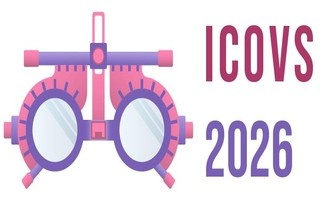3rd International Conference on
Ophthalmology & Vision Science
June 04-05, 2026 | Paris, France

Paris, France
